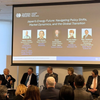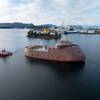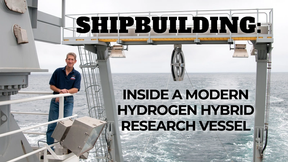Among the different size categories of LPG ships, the small vessel segment is expected to be the best performer in 2018 while Handysize vessels will be the worst, according to the latest edition of the LPG Forecaster, published by global shipping consultancy Drewry.
The LPG shipping market is currently oversupplied with vessels (with the exception of the small segment 1,000-5,000 cbm), as a result of strong fleet growth during the last three years. The global LPG fleet expanded at an annual average rate of 17% in 2015 and 2016, and is expected to grow by 9% in 2017. However, shipowners can now breathe a sigh of relief as fleet growth is set to slow down to 5% in 2018 and 3% in 2019, respectively.
As growth rates vary among size segments, Drewry has looked into the freight rate prospects of different size category of vessels and believes that Handysize ships (12,000-25,000 cbm) will be the worst performers in 2018, while small LPG vessels (1,000-5,000 cbm) will be the best. Fleet growth will be the main catalyst for their freight rate outlook.
Ample supply will keep charter rates under pressure, as the expansion of long-haul LPG trade will tend to favour VLGCs and MGCs. Moreover, the Olefin gases trade will not be strong enough to keep all handysize vessels employed. By contrast, fleet growth in the small LPG vessel category will be negative on the back of a thin orderbook and expected demolitions, which will support freight rates for this segment.
The above figure shows Drewry’s EBITDA forecast for different vessel types, which has been calculated by subtracting vessel operating costs from the time charter rate forecast. “In absolute terms, VLGCs have the highest EBITDA, while small coasters have the lowest. However, in order to make a better comparison, we have calculated the payback period, based on the price of a five-year old vessel in each segment and our EBITDA forecast for next year,” commented Shresth Sharma, senior analyst for gas shipping at Drewry.
“Our estimates point out that the small LPG segment will return the investment in eight years, while in the Handysize segment it will take 19 years,” added Sharma.













